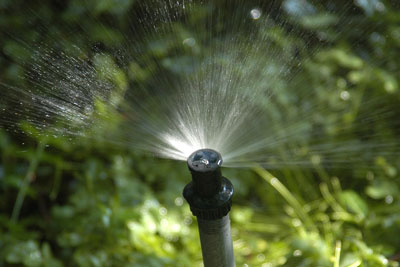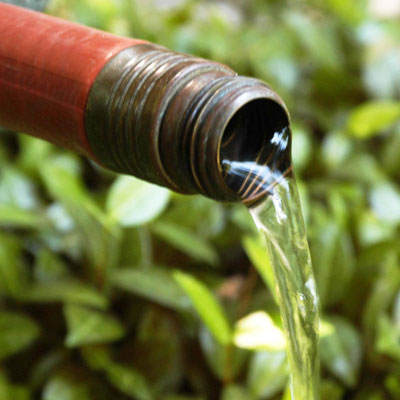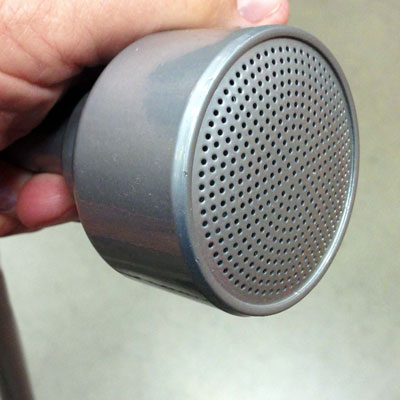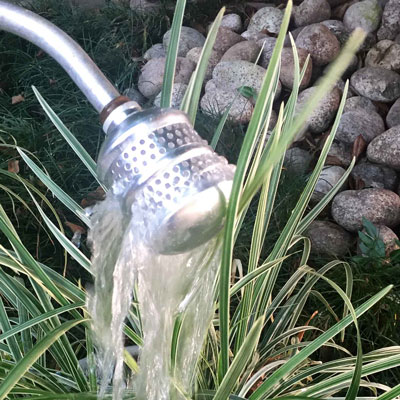Water Conservation Tips for Texas
Many of Texas’ lakes are full from recent rainfall and runoff, but that doesn’t mean we can sit back and waste water. Here are some of the best ways to cut water consumption while we still maintain good landscapes.
• Start with water-conscious plant species. That doesn’t necessarily mean “native” plants, because so many plants that get labeled that way are native to East or South Texas – not arid areas at all. Ask for plants that are “adapted” to your region.

Photo: Put your sprinkler system through its paces. Be sure all parts are functioning properly.
• Run a sprinkler system audit. Make sure all of your automatic system’s heads are aligned and functioning properly. Trim away new growth, or insert extenders to raise heads. You’ll probably be using a landscape irrigation specialist for this work. Look for a licensed irrigation contractor.
• Leave your sprinkler system in the “Manual” mode. If you have a “smart” controller, and if we get back into extreme water curtailments, leave the system in the “Off” position, so that you determine the days that it runs.
• Water deeply, but less frequently to encourage deeper root growth. Frequent, light waterings leave plants much more vulnerable to drought damage. If you have new plants, pull up a berm of soil around them, so that you can fill the reservoir with soil for their roots. Those soaker bags you see being hung around tree trunks aren’t really all that dependable especially with trees that are more than a year or two old.
• Mulch beds and bare ground to reduce soil-to-air contact, therefore to lessen evaporation. Mulches also keep dark soils from becoming incredibly hot in mid-summer. And mulches slow the runoff of water, so there is better penetration during rainstorms and irrigation.
• Eliminate and prevent weed growth. Weeds waste water faster than your desirable plants use it. Use appropriate herbicides. Mulch to reduce weed growth, also to prevent further germination.

Photo: Buy reinforced rubber garden hose that is guaranteed to remain supple even in the coldest of weather. Measure points farthest from your faucets, then buy hoses 10 feet longer. 5/8-inch diameter hoses are best.
• Invest in quality watering equipment. Buy 5/8-inch garden hose that is guaranteed to remain flexible. Have plenty of soaker hoses to protect your foundation. A water breaker or bubbler for the end of your hose will make watering potted plants and hanging baskets faster and easier.

Photo: Water breaker allows you to turn faucet to full volume to water containers, flowerbeds without washing out soil.

Photo: For ultimate in slowing flow of water, use a water bubbler. You’ll seldom see them in stores, but they’re widely available and inexpensive online.
• If you find yourself in the middle of water curtailments in the future, establish priorities, that is, which plants matter the most. Which plants are the most difficult/most expensive/slowest to replace? It takes $30 and 30 minutes to replace annual flowers and vegetables. It takes years and lots of hard work to re-establish groundcovers and shrubs, let alone shade trees. Just two or three waterings of beds of Asian jasmine or yaupon holly trees may mean the difference between beauty and starting over.
